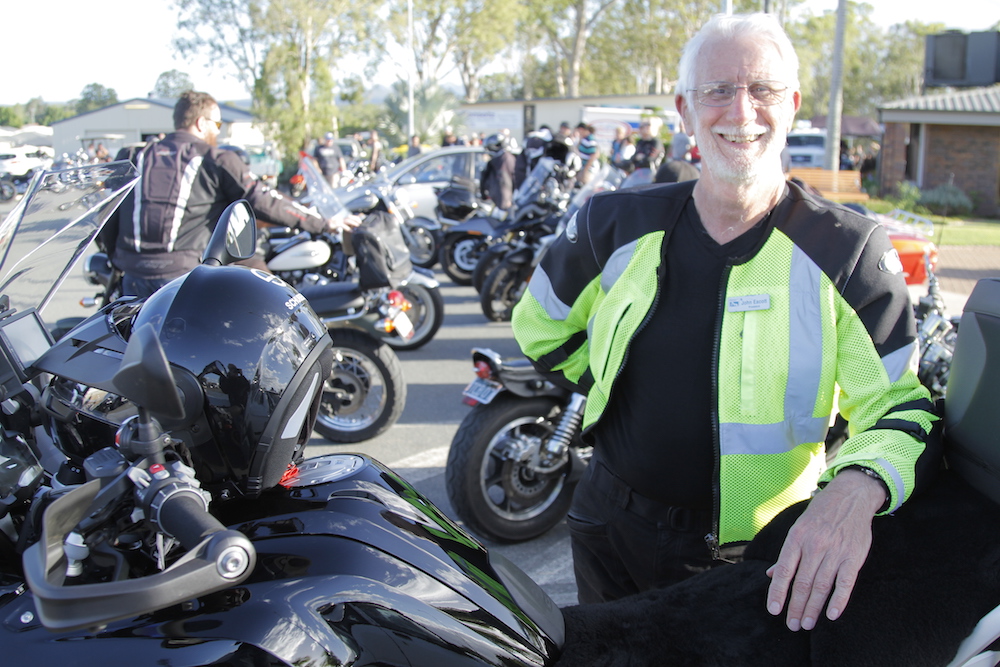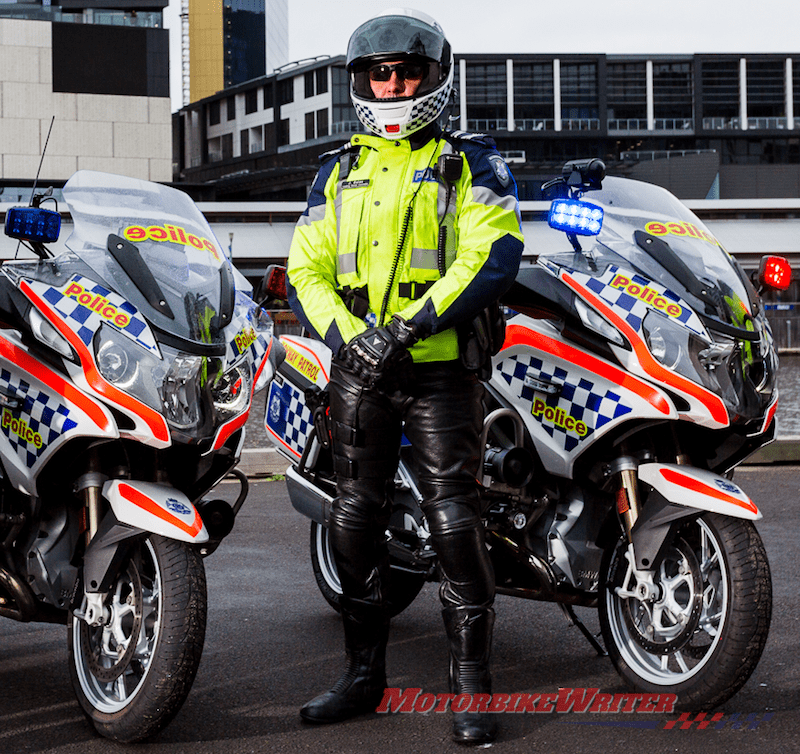A police report that claims riders of high-powered motorbikes are over-represented in the crash statistics demonises riders as “thrill seekers” and is “absolutely meaningless”.
Victorian Motorcycle Council media spokesman John Eacott says the scant Victorian Police assessment of crash statistics is “akin to claiming that more blue cars crash than white cars”.
Victoria Police compiled crash data for the Melbourne News Ltd paper, Herald Sun, which showed that 27 out of 67 deaths in 2017 and 2018 involved bikes bigger than 1000cc. About 10% of crash police reports did not detail engine capacity.
Another 28 riders died in the 500-1000cc category while riders of bikes under 500cc had fewer deaths but sustained more injuries.
The crash data did not include any information about the increase in motorcycle licences or motorcycle registrations, although bikes under 500cc are 37% of registrations and 18% of fatals in 2017/18, according to VicRoads.
Stats furphy
John also points out that there are no statistics kept in Victoria to equate accidents with the kilometres travelled by any type of bike.
Earlier this year, John pointed out the furphy of police and road safety authority claiming returned riders are the biggest safety risk partly because it did not factor in kilometres travelled.
“As with the mythical ‘returning rider’ (which still remains undefined and therefore without evidence based stats) this is another furphy,” he says.
The report that “cherry picked statistics” only served to demonise riders, he says.
The “Hun” sought comment on the cops’ report from Stuart Newstead of the Monash University Accident Research Centre who declared riders are “thrill seekers”.
John rejected the “emotive” comment that demonises riders as a poor reflection on MUARC with no supporting evidence-based data.

As we have said before, any report that falsely demonises riders increases the public perception that riders have a death wish and are therefore not worthy of consideration by other road users.
We have contacted transport departments in several states for relevant statistics to show the full picture that includes registrations, engine sizes, crashes, etc.
However, they say it will take several days or even weeks to collate the data.
We will advise when we have received the full picture.
Riders and drivers warned
Meanwhile, in the wake of a recent spate of fatal crashes in Queensland, RACQ spokesperson Lauren Ritchie has issued a warning not only to riders but also drivers.
“Riders don’t have the same level of physical protection as drivers and sadly they’ll always come off second best so it’s important they’re taking precautions like riding to conditions and wearing all their safety gear,” she says.
“It’s critical riders don’t ride beyond their capabilities because when things go wrong on the road, there’s little room for error.”
However, Ms Ritchie adds that drivers also must play a part in keeping motorcyclists safe.
“Motorists can make simple adjustments to their driving like taking the time to look specifically for motorcycles and being vigilant in checking their mirrors or over their shoulder when changing lanes. Those extra seconds looking could save a life.”



